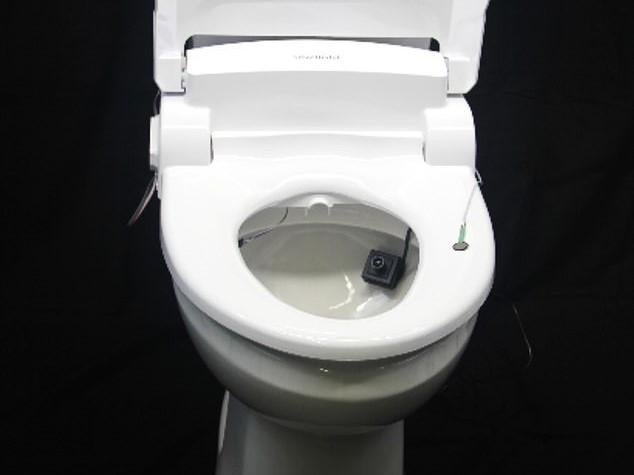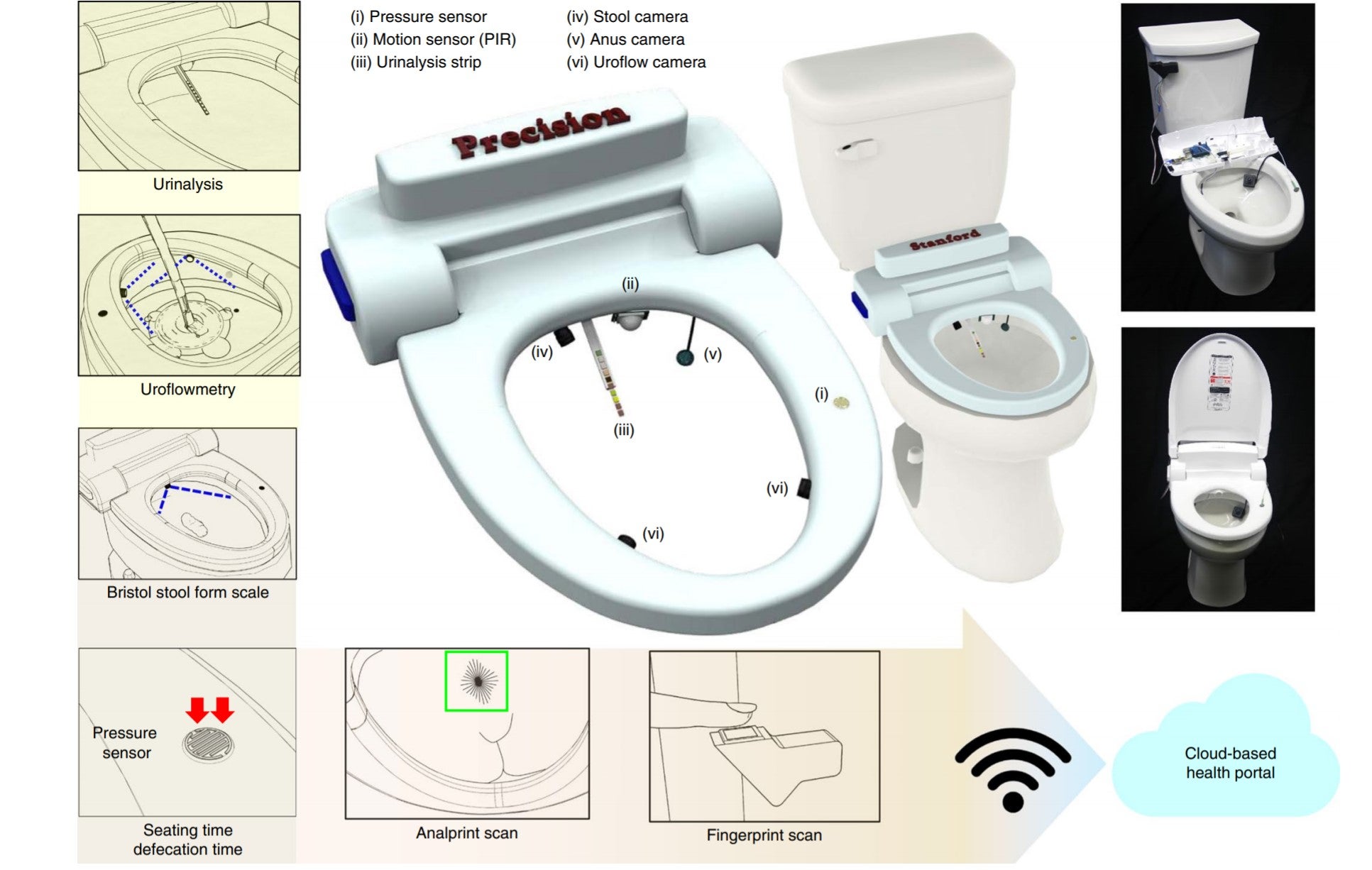Smart toilet uses artificial intelligence camera to detect health conditions and ‘anal print’
Users warned they ‘must make their peace with a camera that scans their anus’

Your support helps us to tell the story
From reproductive rights to climate change to Big Tech, The Independent is on the ground when the story is developing. Whether it's investigating the financials of Elon Musk's pro-Trump PAC or producing our latest documentary, 'The A Word', which shines a light on the American women fighting for reproductive rights, we know how important it is to parse out the facts from the messaging.
At such a critical moment in US history, we need reporters on the ground. Your donation allows us to keep sending journalists to speak to both sides of the story.
The Independent is trusted by Americans across the entire political spectrum. And unlike many other quality news outlets, we choose not to lock Americans out of our reporting and analysis with paywalls. We believe quality journalism should be available to everyone, paid for by those who can afford it.
Your support makes all the difference.A smart toilet capable of detecting early warning signs of cancer and other serious diseases has been developed by scientists in the US.
Researchers at Stanford University built the device using an upward-facing camera, test strips and artificial intelligence to analyse faeces and urine as they pass through.
The disease-detecting technology could negate traditional stool tests and prove particularly useful for people who are genetically predisposed to certain conditions.
It involves retro-fitting an ordinary toilet with all the necessary gadgets to perform the tests, together with a companion app that analyses the data and displays the results. The researchers who developed it hope it will one day be part of the average home bathroom.
The toilet falls into a category of technology known as continuous health monitoring, which includes devices like smartwatches and fitness trackers. The smart toilet is unique from other continuous health monitoring devices in a number of ways, including its ability to identify each individual user through their “anal print” biometric data.
“We know it sounds weird, but as it turns out, your anal print is unique. Our concept dates back well over 15 years. When I’d bring it up, people would sort of laugh because it seemed like an interesting idea, but also a bit odd,” said Sanjiv Gambhir, the Stanford professor behind the toilet.
“The thing about a smart toilet is that, unlike wearables, you can’t take it off. Everyone uses the bathroom — there’s really no avoiding it — and that enhances its value as a disease-detecting device.”

Professor Gambhir said the toilet should not be seen as a replacement for a doctor, or even a diagnosis, and that ideally data would be send privately to healthcare professionals to determine any necessary action.
“We have taken rigorous steps to ensure that all the information is de-identified when it’s sent to the cloud and that the information — when sent to health care providers — is protected under the Health Insurance Portability and Accountability Act,” he said.
The smart toilet has already been tested on 21 people over the course of several months, and it is hoped that it will be able to monitor for up to 10 different health conditions and diseases, including diabetes, heart disease and some cancers.
One of the biggest challenges will be user acceptance, though a survey of 300 prospective users found that 37 per cent of people were ”somewhat comfortable” and 15 per cent were “very comfortable” with the idea of using it for health reasons.
The technology is detailed in a paper published in the scientific journal Nature Biomedical Engineering. A press release from Stanford University accompanying the paper stated: “Users must make their peace with a camera that scans their anus”.
Join our commenting forum
Join thought-provoking conversations, follow other Independent readers and see their replies
Comments